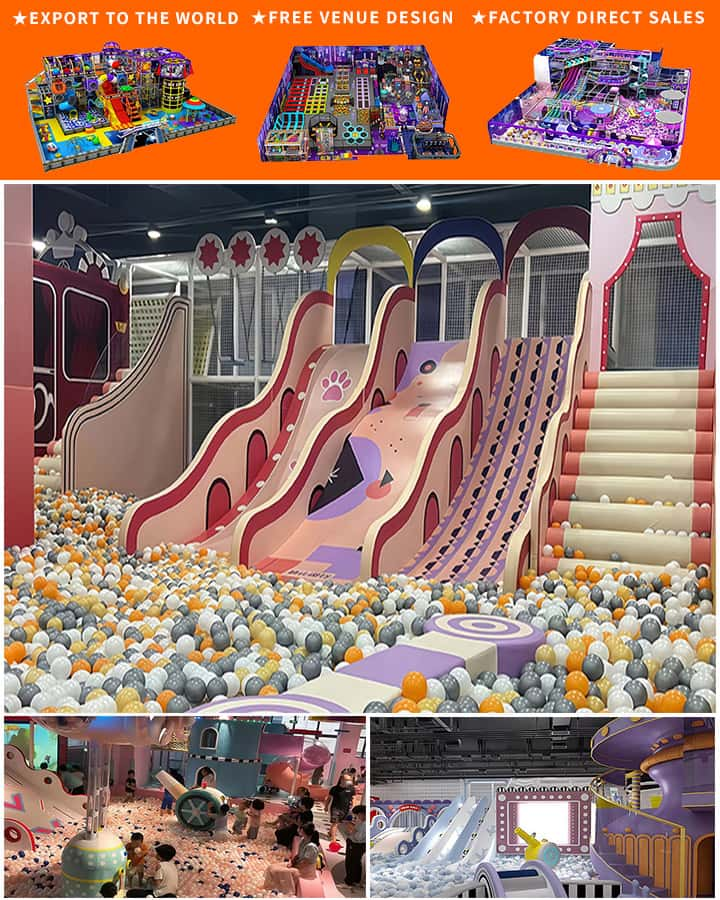Indoor playgrounds for babies and toddlers have become increasingly popular in recent years, providing a safe and stimulating environment where young children can explore, learn, and develop essential motor skills. These specialized play areas are designed with the unique needs of infants and toddlers in mind, offering numerous benefits that contribute to their overall growth and well-being.
Physical Development
One of the primary advantages of indoor playgrounds is the opportunity they provide for physical development. Babies and toddlers are in a critical stage of growth, and activities that encourage movement, coordination, and balance are crucial. Indoor playgrounds often feature soft play equipment such as foam blocks, slides, tunnels, and climbing structures that are specifically designed to be safe for young children. These elements help to strengthen muscles, improve balance, and enhance gross motor skills. Additionally, the controlled environment minimizes the risk of injuries associated with outdoor playgrounds.
Cognitive and Sensory Stimulation

Indoor playgrounds also offer significant cognitive and sensory benefits. The vibrant colors, various textures, and interactive elements engage young minds, stimulating curiosity and creativity. Activities like building blocks, shape sorters, and sensory play areas challenge toddlers’ problem-solving abilities and hand-eye coordination. Exposure to different sensory experiences—such as tactile exploration, visual stimuli, and auditory feedback—supports cognitive development and helps children process information more effectively.
Social Interaction and Emotional Growth
Beyond physical and cognitive benefits, indoor playgrounds serve as valuable spaces for social interaction and emotional growth. Playdates at these facilities allow babies and toddlers to interact with their peers, fostering social skills such as sharing, taking turns, and communicating. These early social experiences are foundational for developing empathy, cooperation, and friendship-building skills.
Moreover, the supportive and nurturing environment of an indoor playground can boost a child’s confidence and independence. As toddlers navigate new challenges and achieve small victories—whether it’s climbing up a small ladder or sliding down a gentle slope—they build a sense of accomplishment and self-esteem. This positive reinforcement is essential for emotional well-being and resilience.
Safety and Convenience
Parents can also appreciate the safety and convenience of indoor playgrounds. Unlike outdoor parks, indoor playgrounds are climate-controlled, allowing for year-round play regardless of weather conditions. They are typically staffed by professionals who oversee the children’s activities, ensuring a secure environment free from potential hazards like sharp objects or harmful plants. Additionally, many facilities require socks to reduce the spread of germs and maintain hygiene standards.
Conclusion
Indoor playgrounds offer a myriad of benefits for babies and toddlers, from promoting physical and cognitive development to facilitating social interaction and emotional growth. These environments provide a safe and enriching space where young children can thrive, making them an excellent choice for parents looking to support their little ones’ holistic development. Whether it’s through climbing, sliding, or simply exploring new textures and colors, the joyful experiences within an indoor playground lay the groundwork for a lifetime of healthy growth and learning.




